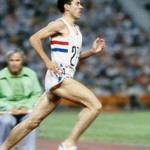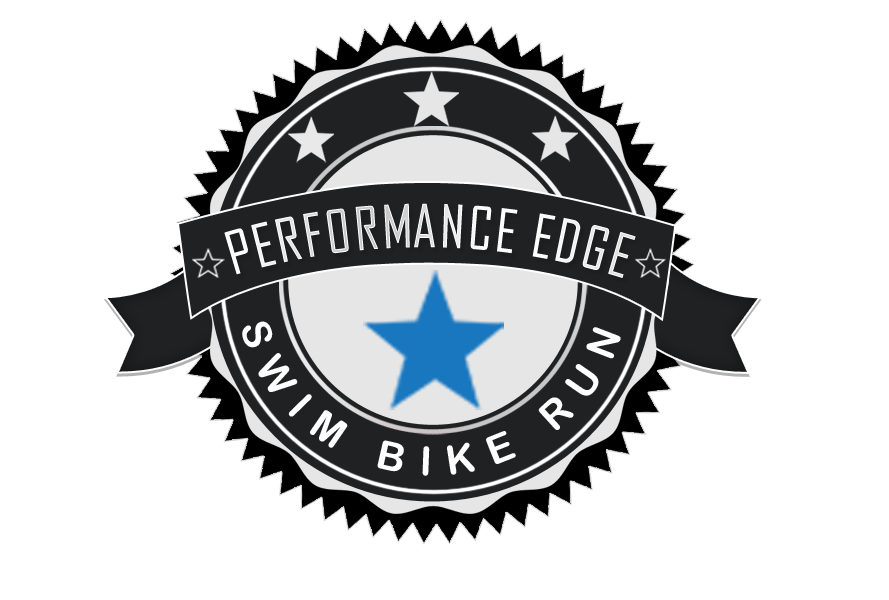 As you know, despite being schooled in modern methods, much of my Coaching philosophy is reflected in what would be considered an old school way of thinking about training. A good reason for this is that being a child of the 60’s I guess I am old school to many. Indeed many of the athletes I work with have never heard of many of the greats that I talk about whether that be Coaches like Percy Cerutty, Arthur Lydiard, Harry Wilson or Jimmy Hedley or athletes like Herb Elliot, Peter Snell, Steve Cram or my all time favourites Emil Zatopek, Steve Prefontaine and Steve Ovett. However when we look back at all of them and their own philosophies we see that in virtually all cases the grounding was always aerobic work.
If we take Steve Cram for example, many will now know him as the voice of athletics on BBC1 but some of us we remember he had a lengthy elite career lasting from the late 70s to the 90s and was a 1:42 800m runner and a 13:26 5000m runner as well as a 3:46 miler. Despite these super fast times Cram spent a huge proportion of the year on building on endurance and the aerobic engine. In fact he spent approximately 22 weeks running around 70-80 miles per week; which for an elite is not super high but he did suffer with a number of injuries. I do wonder how many of my athletes I would retain if when they came to me for coaching I said we’ll spend 6 months laying the foundation. Cram would do this year in year out. For me it shows that perhaps we are all in a rush to do the sexy fast workouts and we miss the need to lay a solid foundation for the work to come.
As you know, despite being schooled in modern methods, much of my Coaching philosophy is reflected in what would be considered an old school way of thinking about training. A good reason for this is that being a child of the 60’s I guess I am old school to many. Indeed many of the athletes I work with have never heard of many of the greats that I talk about whether that be Coaches like Percy Cerutty, Arthur Lydiard, Harry Wilson or Jimmy Hedley or athletes like Herb Elliot, Peter Snell, Steve Cram or my all time favourites Emil Zatopek, Steve Prefontaine and Steve Ovett. However when we look back at all of them and their own philosophies we see that in virtually all cases the grounding was always aerobic work.
If we take Steve Cram for example, many will now know him as the voice of athletics on BBC1 but some of us we remember he had a lengthy elite career lasting from the late 70s to the 90s and was a 1:42 800m runner and a 13:26 5000m runner as well as a 3:46 miler. Despite these super fast times Cram spent a huge proportion of the year on building on endurance and the aerobic engine. In fact he spent approximately 22 weeks running around 70-80 miles per week; which for an elite is not super high but he did suffer with a number of injuries. I do wonder how many of my athletes I would retain if when they came to me for coaching I said we’ll spend 6 months laying the foundation. Cram would do this year in year out. For me it shows that perhaps we are all in a rush to do the sexy fast workouts and we miss the need to lay a solid foundation for the work to come.
One thing to remember is how fast these athletes were so an Easy 5 miler that Ovett would do twice a day on some days would only take him 35 minutes as 7:00 per mile pace was his easy pace. So for an Age Group athlete this run might be completed at 9 or 10 min per mile pace and thus take significantly longer. When we consider Olympic 800m Gold medallist himself we see reported that his volume could be 80, 100 or even 120 miles a week and Ovett would typically spend even more time than Cram stressing the aerobic engine with periods up to 24 weeks in this phase. The total phase would be broken down into blocks but even by the final block 75% of the week would be at “low level” training. Remember all of this is pre GPS days.
Elite athletes tend to run twice or usually in the Kenyan’s case three times a day and Harry Wilson, who was Ovett’s legendary Coach would structure the weeks training in this aerobic development phase with a real mix of easy, medium and faster-steady-state runs, longer aerobic repeats, some build runs and with some sprint drills and mobility exercises included. So you can see the heavy emphasis on aerobic development. So it wasn’t just pure mileage, there were variations on the distance run and the speed run for normal runs but it wasn’t sexy fast intervals.
So whether we have lost the knowledge that these workouts are the ones that really count, or whether we are in such a rush to get things done in this modern age so we skip this phase I don’t know but I do know it is what makes the greats GREAT. It’s of no surprise to me that in that great 800m final in the London Olympics that British runner Andrew Osagie ran a PB of 1:43:77 yet in 1985 that Steve Cram’s PB was 1:42:77. So my advice to all my athletes and all reading this is not to forget the aerobic engine and develop it continually through all phases of training for your entire athletic life.
